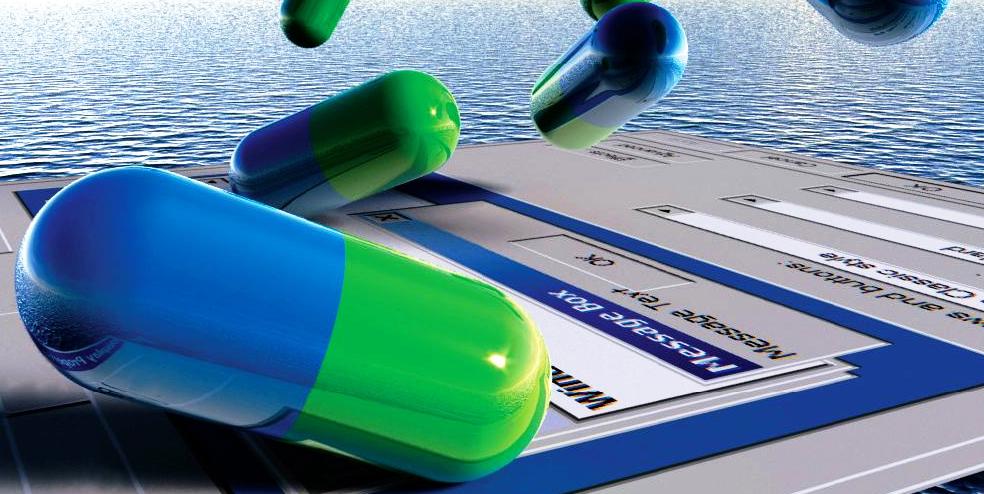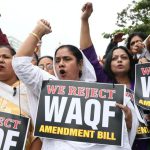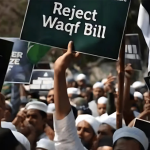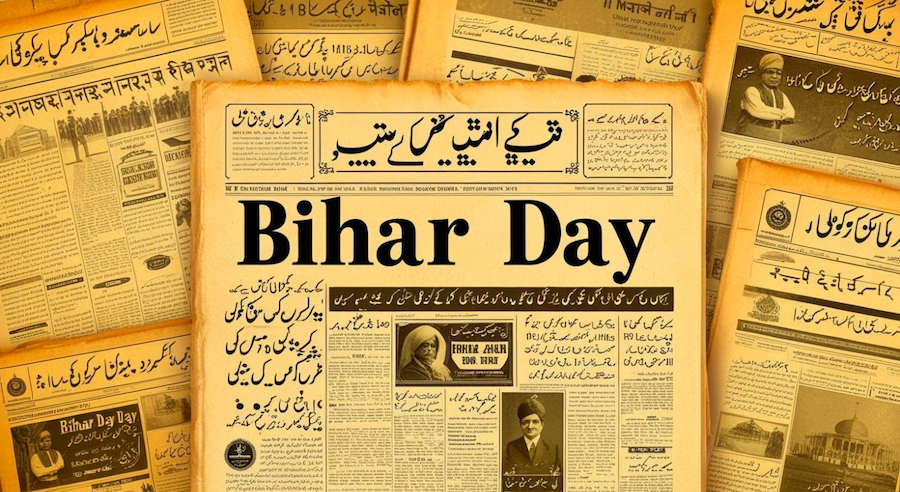Lalit Mishra
India’s new Drug Price Control Policy notified on May 15, 2013, will impact the Indian pharmaceuticals industry immediately and in a major way, shrinking the overall size of the market, adversely impacting the margins of the pharmaceutical industry and putting almost everyone in distress. The policy does not address the real issues facing Indian Health-care Industry and its recommended cure may be worse than the disease. There is some relief, however, since it could have been worst.
 Some analysts are saying that the drug prices will fall as a result of this policy, but past precedents tell us that the drugs whose prices are reduced by the authorities have a tendency to go out of production since no one will manufacture a drug that does not yield profit. New drugs will be manufactured which are not subject to price control, and given the reality of the business, the doctors will prescribe them. The loser may well be the patient who will not get the tried and tested good drugs just because they were brought under price control and, therefore, went out of production.
Some analysts are saying that the drug prices will fall as a result of this policy, but past precedents tell us that the drugs whose prices are reduced by the authorities have a tendency to go out of production since no one will manufacture a drug that does not yield profit. New drugs will be manufactured which are not subject to price control, and given the reality of the business, the doctors will prescribe them. The loser may well be the patient who will not get the tried and tested good drugs just because they were brought under price control and, therefore, went out of production.
With the coming into force of the new policy through the notification of the Drugs (Prices Control) Order 2013 by the Department of Pharmaceuticals, some 652 drugs in India are now under price control, 348 of them designated as Essential Drugs whose prices will be regulated. These drugs represent an estimated 75 percent of the Indian pharmaceutical industry, which, in effect, means that the companies are no longer free to fix the prices of these drugs and the Inspector Raj is back.
A small blessing is that the new policy has jettisoned the cost-plus-margins formula for determining the market price of drugs, and has notified a new formula under which a simple average of the prices of all brands of a drug with the same molecule having one percent or more market share in May 2012 will be taken as the ceiling price above which no one can price the drug.
The immediate impact will be felt by those whose prices have been above the simple average — largely the multinational companies whose drugs command a premium in the market. The margins of these companies will be immediately hit, and severely.
However, if the price of the drugs of MNCs will come down in the Indian market, the sales of the domestic generics manufacturers will be adversely impacted, unless they also bring down the prices.
As it is, the margins are not lucrative enough in the Indian market to justify huge expenditure in Research & Development, and the further lowering of margins will surely turn generics manufacturers into mere sweat-shops.
It is true that in the short term the patients who today buy expensive drugs will be the gainers. In the long term, an oppressive policy may find pharmaceutical companies voting with their feet and opting out if they do not have any incentive to remain in the field.
The policy does smell of the return of the Inspector-Raj in the pharma industry in India. In framing this policy, the government has overlooked the fact that medicines are only one component in the health-care industry, and it would have been in order to address the entire gamut of health-care industry in the country, including the hospitals, diagnostic labs, medical professionals, medical education, the health infrastructure etc., to really deliver a policy that works and helps achieve the objective of health for all. (Courtesy: Medical Today)









